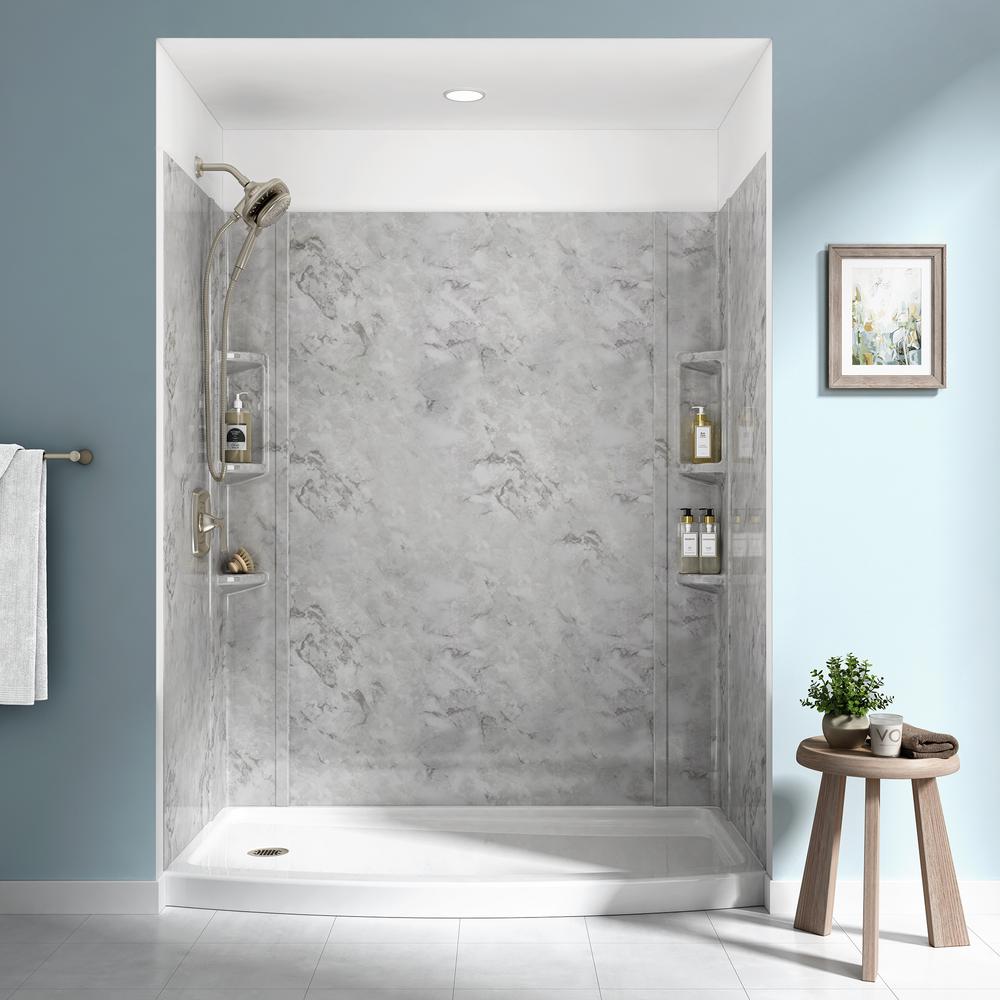Is Wood Paneling Right for Bathroom Walls? Stylish & Practical Ideas

Wood paneling has steadily been gaining popularity as a stylish choice for bathroom walls. But is it just a fleeting trend, or can it truly stand the test of time in such a high-moisture environment? Here’s a closer look at how wooden panelling bedroom up in terms of style, practicality, and suitability for bathroom walls.
Why Wood Paneling is a Stylish Choice for Bathrooms
Wood paneling brings warmth and character to any space, making it an attractive option for bathrooms. Its natural texture and grain patterns can instantly elevate the room’s aesthetic, giving it a spa-like, serene ambiance. Whether you’re leaning toward rustic charm or contemporary elegance, wood paneling offers immense versatility. Design options include shiplap, beadboard, or reclaimed wood for a more edgy, vintage look. Pairing wood paneling with neutral tones or bold tile accents can add visual interest and depth.
This design choice is particularly trending in spaces where natural materials and sustainable decor are in focus. Bathrooms featuring wooden elements often exude a sense of calmness, blending modern lifestyles with organic beauty.
Practical Considerations for Using Wood Paneling in Bathrooms
While wood paneling undeniably boosts style points, practical considerations are crucial, especially when dealing with a moisture-heavy environment like the bathroom. Wood is naturally susceptible to warping, rotting, and swelling when exposed to consistent dampness. However, proper precautions can make all the difference.
Key Tips to Ensure Durability
1. Opt for Moisture-Resistant Woods
Certain wood types, like cedar and teak, are naturally more resistant to moisture. These options make them better suited for high-humidity areas such as bathrooms.
2. Seal and Treat the Wood
Applying a high-quality water-resistant sealant or varnish can protect wood paneling from absorbing moisture. Regular maintenance is crucial to ensure lasting protection.
3. Proper Ventilation
Ensure your bathroom is well-ventilated to prevent humidity buildup. Installing an exhaust fan can significantly reduce the risk of damage over time.
4. Avoid Direct Water Contact
It’s best to avoid places prone to constant splashes or water exposure, such as directly behind the shower or bathtub. Instead, consider wood paneling for accent walls or as wainscoting.
Clever Ideas to Incorporate Wood Paneling
• Half-Wall Wainscoting
Combine wood paneling on the bottom half of your walls with water-resistant tiles on top. This pairing balances style and practicality beautifully.
• Accent Shower Ceilings
Wooden ceilings offer a unique twist, especially when paired with sleek, modern fixtures. Treated woods here can work wonders in elevating the space.
• Rustic Countryside Touches
Feature reclaimed wood for a rustic design, contrasting it with contemporary basins and fixtures.
Is It Worth It?
With the right approach, wood paneling can be both a stylish and practical choice for bathroom walls. While requiring some maintenance and careful planning, the results are undeniably stunning, offering a unique, inviting atmosphere. For anyone looking for a trending yet timeless interior upgrade, wood paneling is well worth considering.